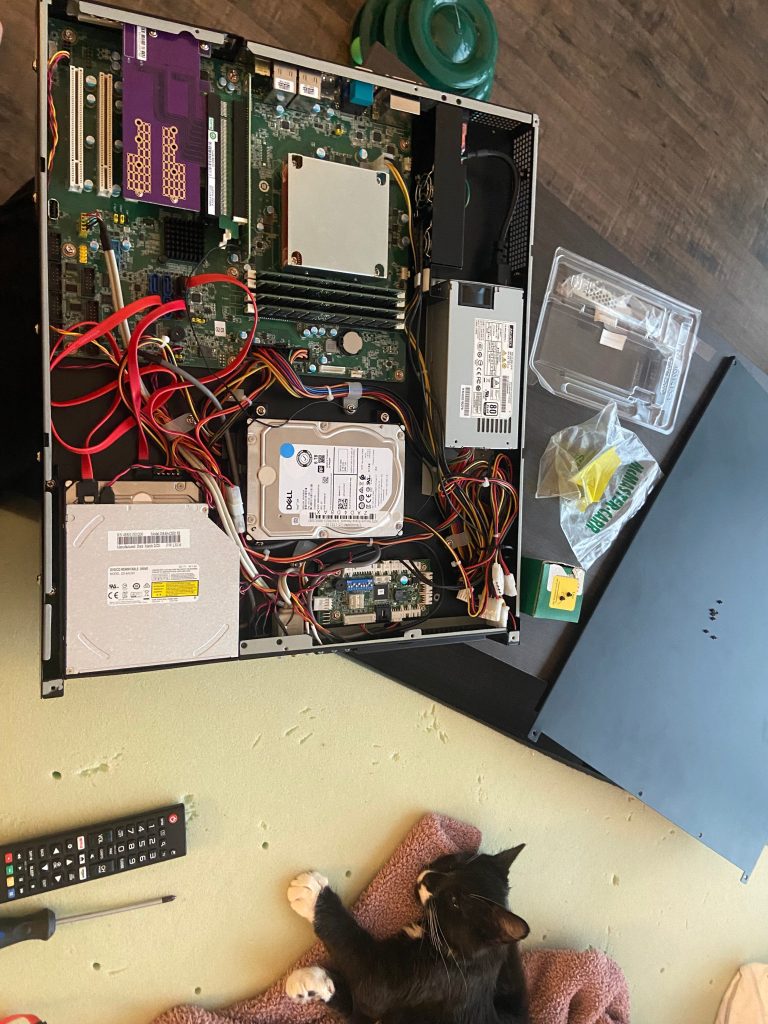
Months ago, around when I first moved to Philadelphia, my brother told me he snagged a 1U rack mount server from his works garbage. Chris and I have always been a bit of dumpster divers when it comes to tech, tools and usable scraps. Instead of paying to ship the server from California to Pennsylvania I decided to pick it up when I went home for Christmas and fly it back with me. This meant that I had almost two months before I could get my hands on the hardware and figure out what I was going to do with it. Before this I had little to no experience self hosting anything, but my brother recommended that I build a NAS or storage server to host Jellyfin, a self hosted version of Netflix. This would allow me to download movies online and stream them to wherever I am, without paying for a streaming service. I loved this idea and ordered four refurbished 6tb hard drives.
I wanted to start building my storage server but because I didn’t have the hardware in hand I decided to play around with some other projects. The first thing I did was purchase the domain name Wilsonfabrication.net. I researched domain providers and settled on gandi as my DNS registrar and domain provider after reading good reviews on reddit. In hindsight I wish I had used Cloudflare as my registrar because I now use it as my DNS registrar. The next thing I did was research and settle on MXRoute as my email service provider. I could have attempted to self host my own email but that comes with a lot of security concerns and usually end up with your emails going to spam. Mx cost me $30 every three years due to a promo that I hopped in on, and now I have unlimited email accounts using the Wilson Fabrication domain. MXroute has a great page detailing how to change the DNS records to connect their email service to your domain name, through your DNS registrar.
After email was all set up I finally managed to get the server back to Philly where I quickly learned that the server chassis has no room for hard drives, that was a bit of a bummer as it meant that I couldn’t use it as the storage server like I intended but it was also a relief. Finally getting to open the server and see what’s inside, this server was used for control of come automated amchine and had an intel i7 7700t (35 watt version of the 7700), 16gb ram and a pcie slot for expansion.
After purchasing the domain I became incredibly excited to build my own website documenting my projects. In 2022 I took a class called front end web development which focused on HTML, CSS and Javascript, in this class the final project was to hand code a website portfolio for ourselves. This was the first iteration of my website and when I finally got the server it was the first thing I loaded onto it. Thank you Mr. Schall for introducing me to web development, that class was a lot of fun and I likely would have never built this site without that class.
In order to host this early version of Wilson Fabrication I installed NGINX, an open source web server software. After installing this software I found my old code for the website on Github and uploaded it to the server, then I port forwarded port 80 and 443 from my modem to my server and then I edited my domain registrar to point to my apartments IP address. This is all it took to have my website accessible by the open internet. When you typed in my websites address, your computer reached out to gandi.com who then told your computer my address, then your computer reached out to my server who then provides you the data for my website.
There is a lot wrong with this method of self hosting, but it was about as simple as it could be and the easiest way to dip my toes into the water.
My next step was to start expanding my website to have pages for my projects. After trying to get back into hand coding web pages I quickly realized that sucks and I didn’t want to do that anymore. I did some research into how other people build websites and discovered WordPress.org. You may have heard of wordpress webhosting and think that I’m paying for some company to host my website on their computer but thats wordpress.com. WordPress.org is an open source webserver with endless features, and if the feature you want isn’t built in then there’s a plugin for it. I reinstalled Ubuntu, a linux operating system, onto my server and followed this tutorial to install wordpress on that. Here’s where the real fun begins.
WordPress has everything, you can build a blog, a video streaming service, an e-commerce store, you name it. I began by searching for a way to make web design easier, so the first thing I did was install a pre made theme. This worked a bit but the theme was limited and I would have had to pay for advanced features. With what little experience I had I figured more plugins would solve my issue, so I started downloading. This was a huge mistake, I quickly broke my website and lost access to it completely. In frustration instead of connecting a monitor to the server and pulling my files off the server I just re installed Ubuntu, wordpress and restarted the website completely.
I did this two more times, completely lost all the work I put into the site by breaking it and losing my data in one way or another. So by the fourth or fifth time restarting I decided something needed to change.
Enter Proxmox. Proxmox is whats called a hypervisor, it is an operating system that you install on your server that manages virtual computers inside of it. The beauty of Proxmox is that you can backup your entire operating system and use that backup as a restore point, so even if you break your server you can load up the last time it was working in under ten minutes. Another tool that I implemented to protect my site from myself was the plugin WordPress Migration Tool and a local development server running on my laptop using localwp.com. My workflow was as follows: I would boot up the local server on my laptop and start developing my website, writing posts and editing pages. Every once in a while I would download a backup of the website using the WordPress Migration Tool. When I reached a point where I was happy with my site I would use WPMigration tool to upload a copy of my site to my Ubuntu virtual machine running inside my Proxmox server, Then I would backup the Ubuntu VM. This was a very good way of making sure I couldn’t permanently break anything and always had a copy of the site stored on my laptop and a backup of the VM stored on the server.
Along with WPMigration I also ran Yoast SEO, a search engine optimization plugin, Elementor so I could build my own website and not reply on pre built themes, PRO elements so I could get the premium Elementor design elements for free, Access category password to password lock all Vault posts, Download monitor to host a couple of small downloads, and two image support plugins to allow me to use HEIC images which are the native Iphone file format.
Today as of writing this, this is generally how the website is still setup but I do have changes coming. I recently purchased 3 Dell elitedesk g3 mini’s, each with an i7 7700 cpu, 24gb ram, and 500gb ssd. These will each be running Proxmox and will be set up in a high availability cluster. This way each of the three computers has an up to date copy of the website and if the computer currently hosting the website goes down, one of the other two will take its place. I also recently built my own firewall but have yet to install it because I’m waiting for some more parts for the HA cluster. I also plan to move from a full desktop version of Ubuntu to a version of Ubuntu server. This will save system resources and power because the computer wont have to worry about providing a desktop environment.
Update
Major changes have been made in the background. I had put together the original server from November 2023 to January 2024 . As of February 5, 2024 I have replaced the single Proxmox node with a three node Proxmox cluster consisting of HP Elite Desk G3 mini’s with 24gb ram, i7-7700 (non T this time) and a half terabyte ssd each running as CEPH High availability storage. Now if the computer running my website fails it will automatically move to the next server. Along with this change I also freed up the old server that was running the site. It has now been turned into my storage server with 4x 6tb hard drives and a 250g ssd as cache. This storage server is running Unraid and acts as my network attached storage (NAS) for pictures and videos, it is also running a virtual machine called Proxmox Backup Server (PBS) which performs a backup of the virtual machine running my website every Sunday at 1am Easter time. I have yet to properly implement my firewall that I built but that is coming. I am also thinking of buying another G3 mini, putting it at my moms house, using Tailscale as a VPN back to my apartments internet and connecting it as a fourth node for the high availability cluster and DDClient to auto update the DNS records of the website to the new IP address. This way even if my whole apartment lost power, the vm running the website would boot right back up at my moms house and the site would be back online in a matter of minutes.
Below you can see the three g3 minis with their attached ssd’s, the 18tb backup server and Poppy who helped me put it all together



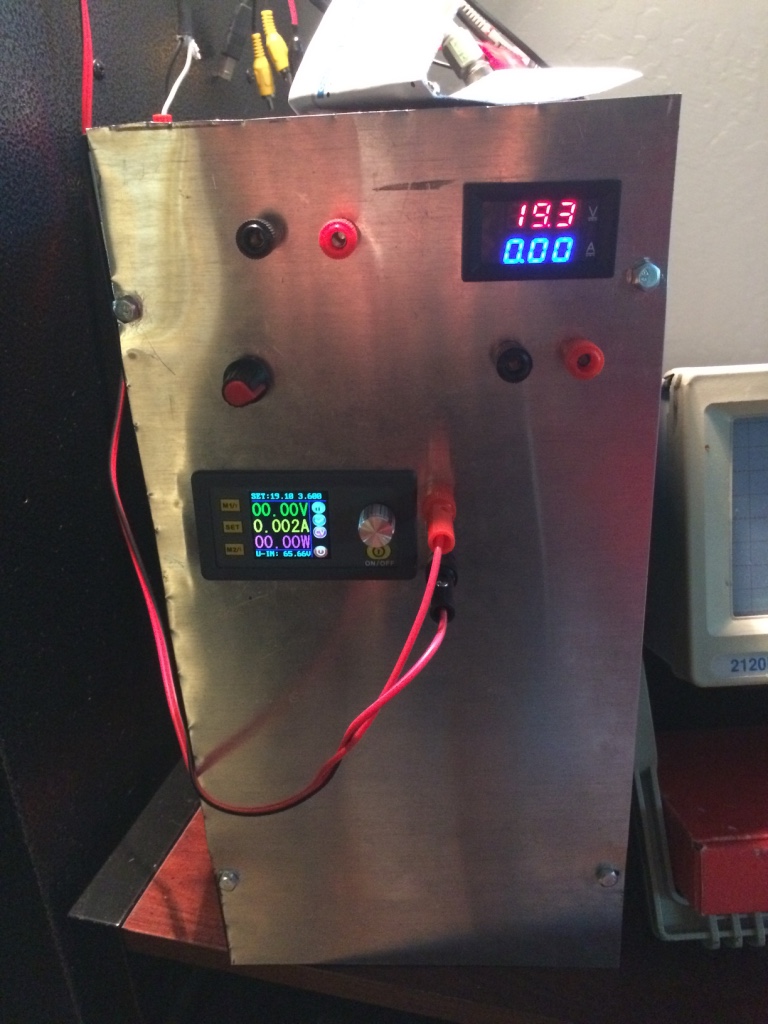
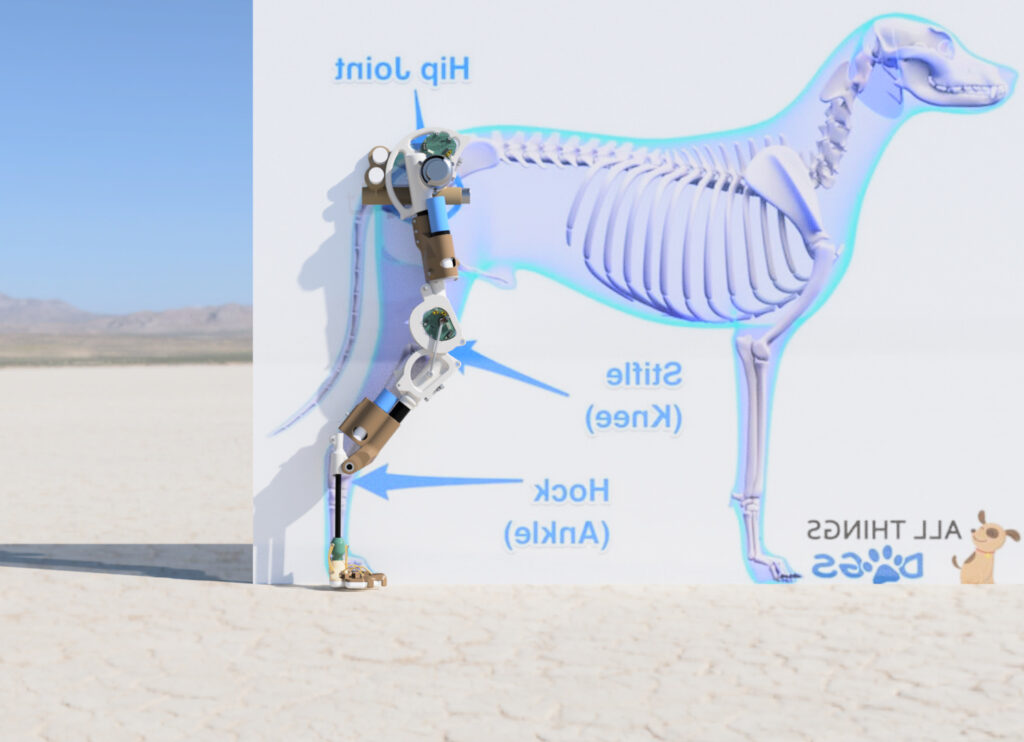
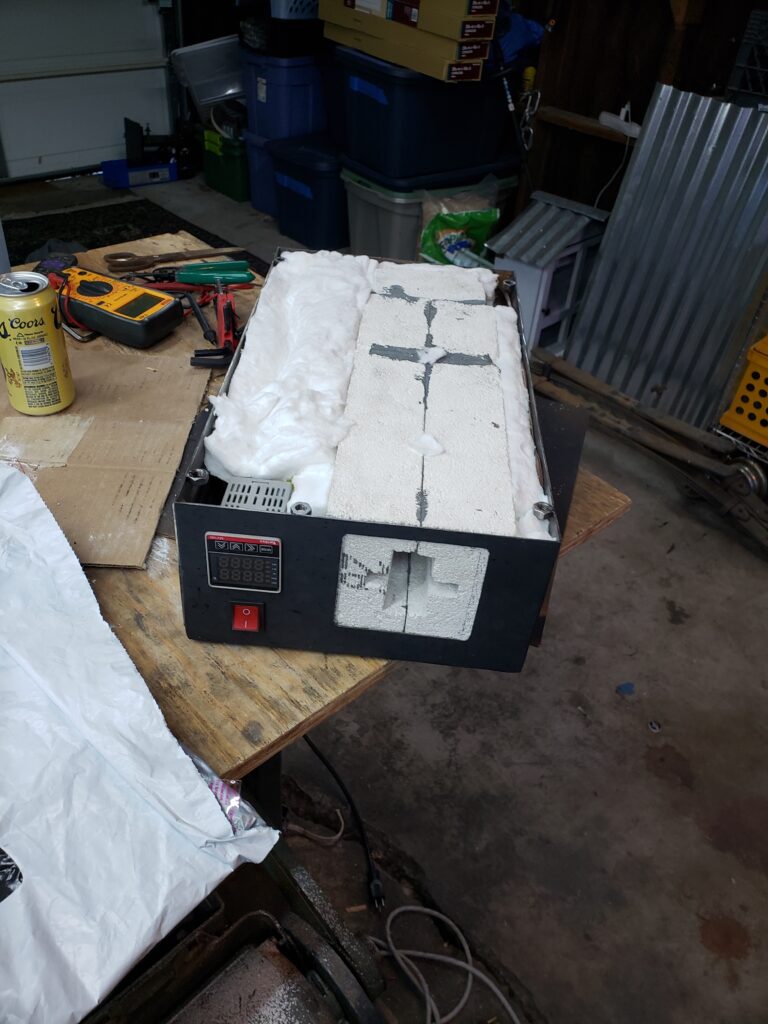
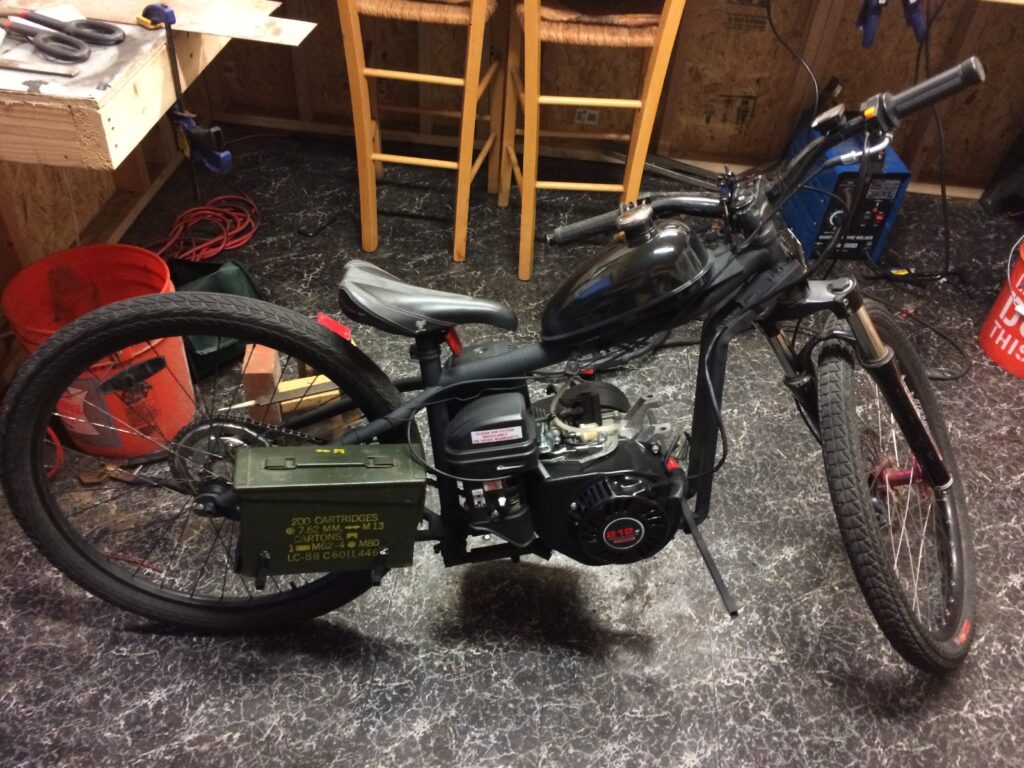
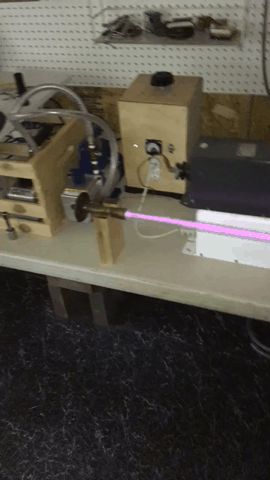
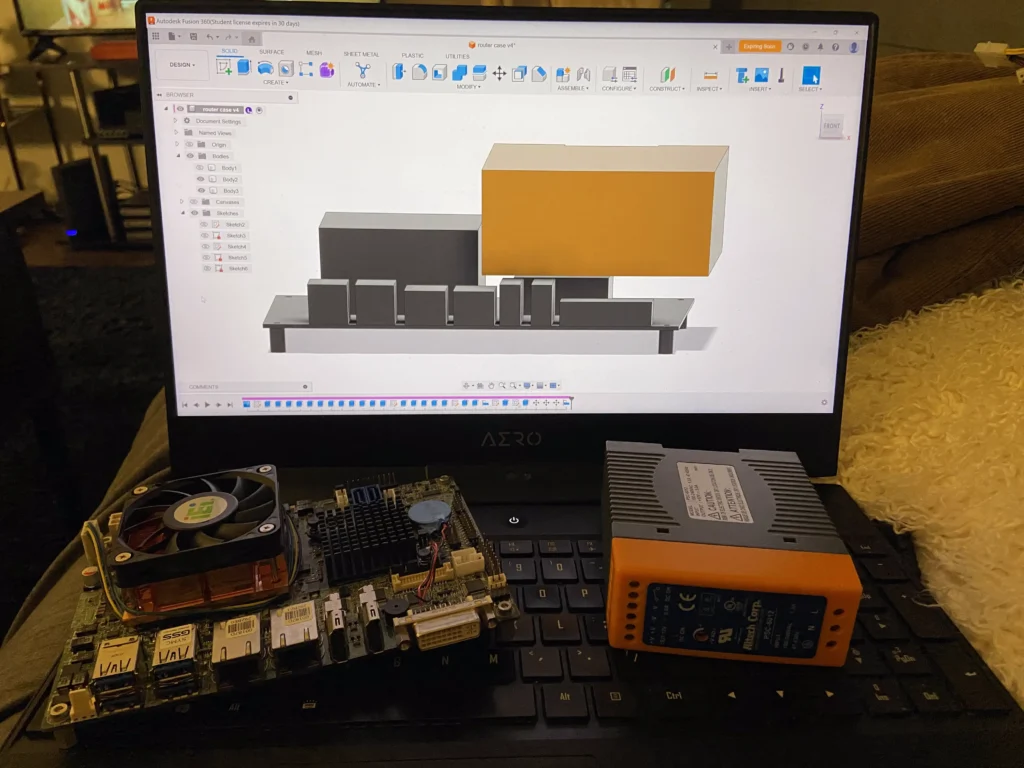
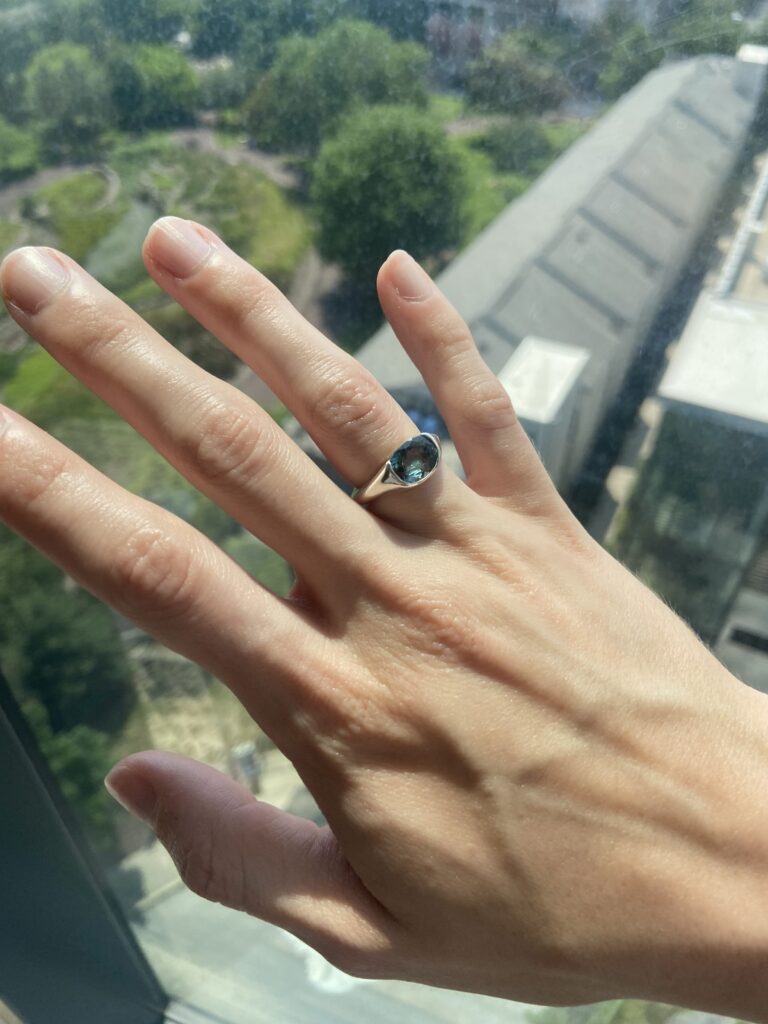
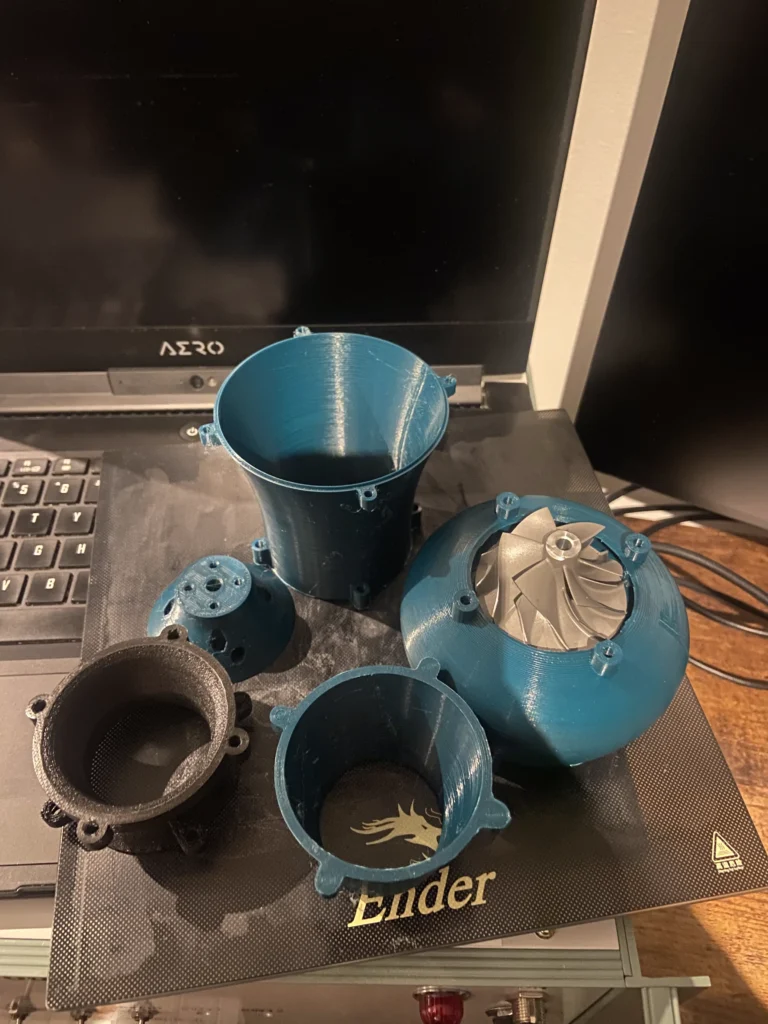
2 Responses
Can you?
yes lol but im not sure if its accurate